Election 2025: Leaders’ housing wars to erupt as Labor’s 1.2m homes target still out of reach
Anthony Albanese and Peter Dutton are set to announce major election housing policies at their campaign launches, as new building forecasts predict NSW could blow up the PM’s 1.2m new homes by mid-2029 target.
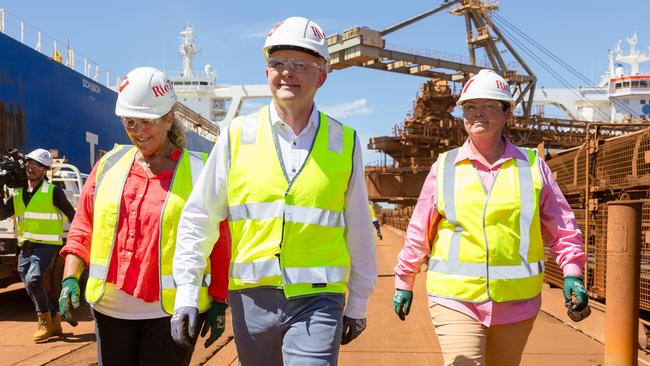
Anthony Albanese and Peter Dutton are set to announce major election housing policies at their campaign launches on Sunday, as new building forecasts predict the Prime Minister’s home state of NSW could blow up his 1.2 million new homes by mid-2029 target.
Despite a recovery in building activity over recent months, The Australian can reveal that all states and territories are behind in achieving national housing accord targets that underpin the Prime Minister’s new homes pledge.
As builders warn of ongoing tradesmen shortages, red-tape overload and concerns about homeowners and developers losing confidence amid global economic shocks, Master Builders Australia’s April forecasts show Mr Albanese’s 1.2 million new, well-located homes commitment is on track to fall short by 160,000.
As construction industry leaders urge the major parties to stop “tinkering with the edges” on housing, the Prime Minister and the Opposition Leader are expected to use their respective campaign launches in Perth and Sydney to elevate housing as a key issue leading into the third week of hustings, which will be disrupted by Easter holidays.
The major parties, which have already unveiled big-spending agendas to reverse the housing crisis, are expected to gear new policies around balancing supply and demand pressures, potentially involving tax breaks and grants for builders and first homebuyers.
Ahead of the 2022 election, Mr Albanese and Scott Morrison announced centrepiece housing policies in their campaign launch speeches.
The expected housing showdown comes as MBA building and construction industry forecasts, obtained by The Australian, reveal improvements in the projected number of new home building starts over five years to 2028-29.
A state and territory breakdown shows NSW is on track to build 290,423 homes, well below the state’s national housing accord target of 375,730. The Minns government is scrambling to unlock new supply and fast-track approvals to ensure the nation’s most populous state can hit its target.
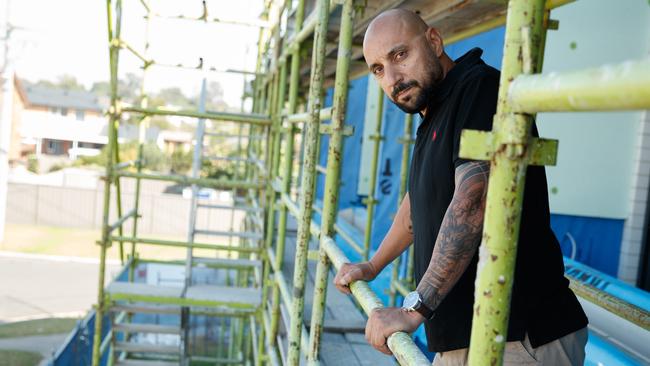
Victoria is leading the pack in coming closest to achieving its target, with new homes projected to fall short of the goal of 306,940 by 10,197. Tasmania, South Australia and the Northern Territory are expected to fall well short of their housing accord targets.
The new forecasts come after The Australian in February reported on Housing Industry Association projections that indicated Labor would fall about 20 per cent short of its 1.2 million homes target, with the HIA projecting 983,500 home builds to commence over five years. MBA chief executive Denita Wawn said their forecasts showed the housing market was starting to recover and there was “room for optimism that the worst is behind us”.
Ms Wawn warned that governments must pull more levers to ensure they can “deliver on their commitment to unlock the industry’s full potential and capacity”.
“Both major parties have made some announcements to ease the housing crisis, but we are still tinkering with the edges,” Ms Wawn said. “It’s time to take the foot off the brake. They need to continue to support people getting into home ownership and enable more options in affordable and social housing market segments.
“While both major parties have policies to support new homeowners getting into the housing market, we are concerned the Coalition is lacking a plan to support affordable and social housing.
“We do remain concerned that the high costs of employing and training apprentices – especially for small businesses – have not yet been adequately addressed by the ALP. With 98 per cent of construction businesses being small, they need support too.”
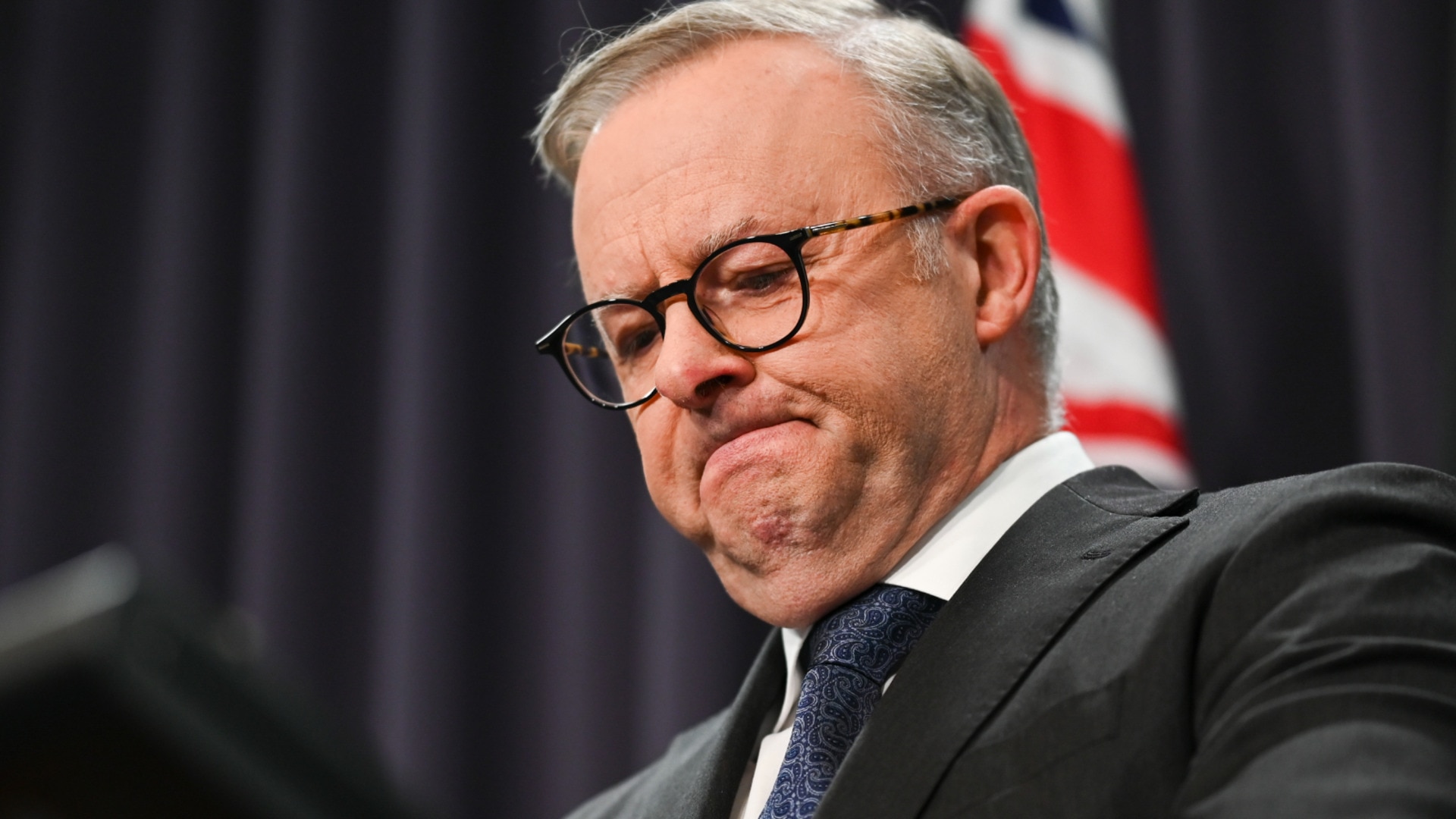
As Mr Dutton promises to cut net migration by almost 100,000 in the first year of a Coalition government to ease housing and rent pressures, Australian Bureau of Statistics visitor arrivals data on Friday showed 197,270 international students arrived in February, which was 21,320 higher compared with February 2024. The ABS said “the number of student arrivals in February 2025 was 7.3 per cent higher than pre-Covid levels” in 2019.
Opposition housing spokesman Michael Sukkar on Friday attacked Labor by using Coalition figures to claim “Australian renters are paying nearly $3000 more annual rent” as a result of higher migration. “Anthony Albanese’s big Australia has been catastrophic for renters and young Australians who hope to own their own home one day,” he said.
Asked what the major parties must do to fix the housing crisis, Ms Wawn said all levels of government must accelerate planning reforms and co-ordinate to “unlock supply constraints”.
“We have seen inflation and interest rates come down,” she said. “That will make investment in housing more attractive. Fixing constraints around supply and supporting investment in all segments of the market is the only way to deliver more houses.”
Among the Coalition’s suite of housing policies is a $5bn infrastructure fund to help unlock up to 500,000 new homes. In the March 25 budget, Labor increased its Homes for Australia plan to $33bn, underpinned by the $10bn Housing Australia Future Fund and $6.3bn Help to Buy program.
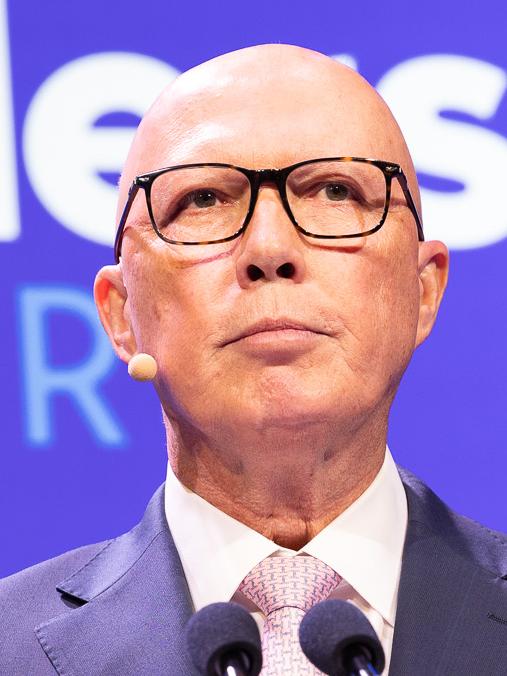
As builders struggle with labour shortages and high costs, Pioneer Building Group owner Robert Faraj said: “Trying to find experienced skilled tradies is like finding a needle in a haystack, and even when you do, you’re paying top dollar just to keep them on site.
“A lot of homeowners and developers are holding back because they just can’t make the numbers work. That leaves us with a full pipeline on paper, but not enough work actually starting. Every year there’s a new regulation or compliance check we need to tick off.”
On the impacts of Donald Trump’s tariffs and global trade tensions, Mr Faraj said: “We’re seeing the uncertainty in the economy driving up material costs and blowing out delivery times … you quote a job today and by the time the materials arrive, your margins are gone. We’re trying to plan ahead, invest in our workers, upgrade tools – but it’s hard when the goalposts keep shifting. Builders are resilient, but we’re not miracle workers.”
The MBA building and construction industry forecasts report predicts that by 2029-30, there will be a 21.5 per cent increase in construction work being carried out compared with the last five years.
“High demand levels will be sustained by declining interest rates, increased government investment and existing supply shortages,” the report said.
“However, constraints on the supply side, particularly in the labour market, will hold back activity from reaching its maximum output potential.
“During 2024-25, new home building starts will improve upon the previous year’s weak performance, but that output will still be on the low side.”


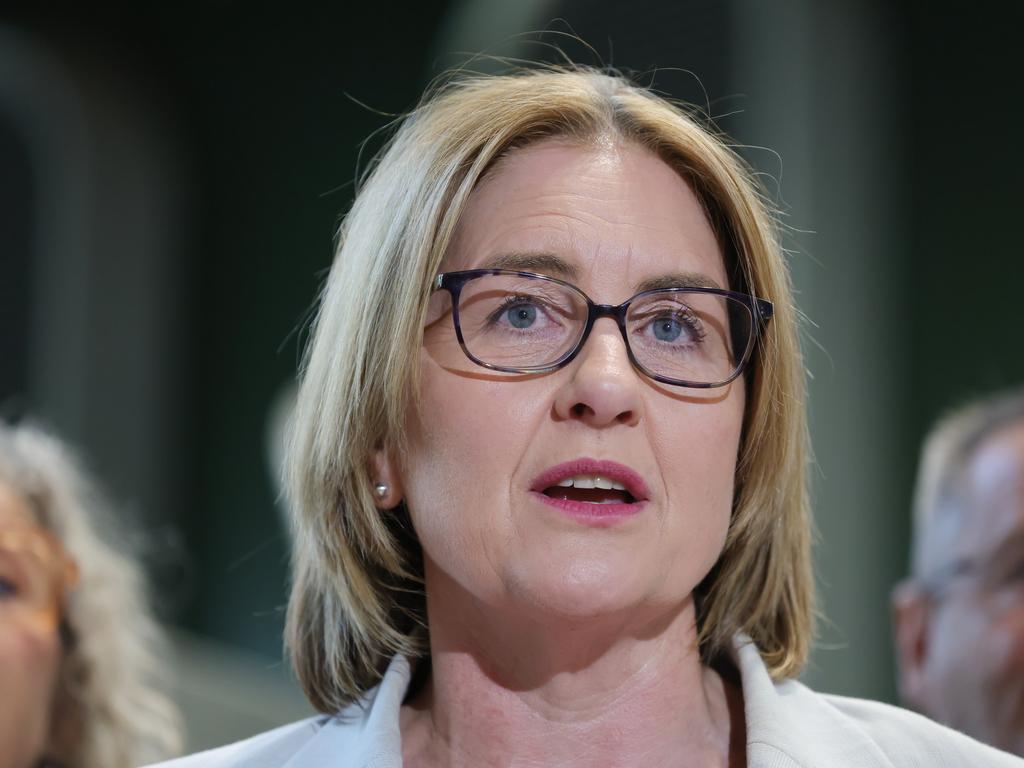



To join the conversation, please log in. Don't have an account? Register
Join the conversation, you are commenting as Logout